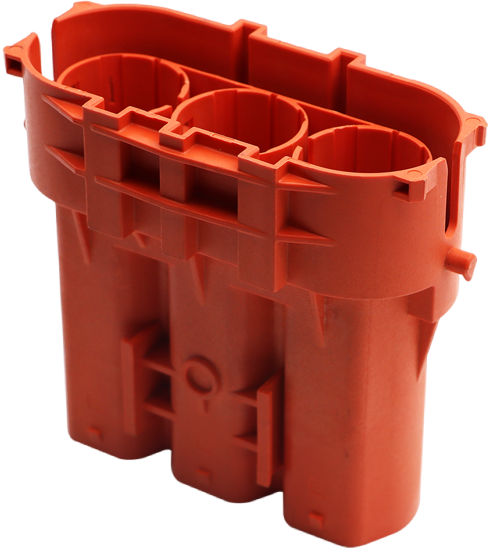Injection Molding Service - Low Cost in US & Canada (Communities - Services Offered)

CANetAds > Communities > Services Offered
Item ID 4259151 in Category: Communities - Services Offered
Injection Molding Service - Low Cost in US & Canada | |
Injection moulding is a manufacturing method where molten material is injected into a mould tool to form parts with consistent shape and dimensions. On the service page you provided, the offering covers three inter‑linked capabilities: mould‑making, plastic injection moulding, and rubber injection moulding. Naxtry Capabilities and Process The workflow begins with design and engineering, moves into mould creation, then injection moulding proper, and ends with finishing and quality control. Naxtry Mould‑making: Custom tools are built (using steel or aluminium) suited to the part geometry and production run size. Naxtry Plastic injection moulding: Thermoplastic materials are melted and injected into the mould, cooled, and ejected as finished parts. Naxtry Rubber injection moulding: Elastomerics (rubbers) are also handled, supporting seals, gaskets or soft‑touch components. Naxtry Materials A wide selection of materials is available, including various thermoplastics and elastomers. For plastics, examples include ABS, POM (acetal), nylon (PA), PC, PP, PET, PEEK, PTFE and more. Naxtry For rubber/elastomer materials, options include EPDM, NBR (nitrile), SBR (styrene butadiene), silicone rubber. Naxtry Cost & Lead Time Advantages The service emphasises competitive cost and rapid turnaround. For instance, it quotes typical cost formulae comparing “general” industry rates versus their own. Naxtry Lead‑times are noted as fast: prototyping and production parts delivered in days rather than weeks. Naxtry Equipment & Technology The provider uses modern injection‑moulding machines (in the example site they say from 50 to 200‑ton size machines) and automated material handling and process control to maintain precision and repeatability. Naxtry Finishing & Value‑Added Services Beyond the moulding itself, finishing operations are offered: laser marking, surface texture/grain, painting/coating, polishing, ultrasonic welding of components, assembly of moulded parts. Naxtry These finishing steps enhance appearance, allow branding (markings), or improve usability (textures). Industries & Applications The moulding service is suitable for a broad range of industries, including automotive, electronics, medical devices, consumer goods, packaging and industrial equipment. Naxtry In each case the ability to deliver precise, repeatable plastic or rubber parts at scale (or as prototypes) is emphasised. Why it Matters for You If you have a project that requires many identical parts, or parts made from plastics or elastomers with consistent dimension, injection moulding is a strong choice. You benefit from: low cost per part at volume (once the mould is made) good consistency and repeatability across runs ability to use materials tailored for mechanical, thermal or chemical performance finishing options for appearance or function tooling and mould‑making built in so you don’t need to coordinate separate vendors Key Considerations The upfront mould cost can be significant, so balance part count vs tooling investment. Design for moulding: wall thickness, draft angles, gate location, cooling‑channel design, and so on affect quality. Material selection must match mechanical/thermal requirements and part geometry. For prototypes or low volumes, tooling and set‑up may constitute much of cost; weigh alternatives like machining or additive for early stages. In summary: This injection‑moulding service offers a full turnkey solution—from custom moulds through to finished plastic or rubber parts—focusing on speed, material flexibility and cost‑effectiveness. It suits projects that require dependable production of many parts or high‑quality prototype runs.  | |
| Related Link: Click here to visit item owner's website (0 hit) | |
| Target Prov.: British Columbia Target City : US & Canada Last Update : Oct 24, 2025 12:13 AM Number of Views: 30 | Item Owner : jems Contact Email: Contact Phone: (None) |
| Friendly reminder: Click here to read some tips. | |
CANetAds > Communities > Services Offered
© 2025 CANetAds.com
USNetAds.com | GetJob.us | UKAdsList.com | AUNetAds.com | INNetAds.com | CNNetAds.com | Hot-Web-Ads.com | USAOnlineClassifieds.com
2025-10-25 (0.388 sec)